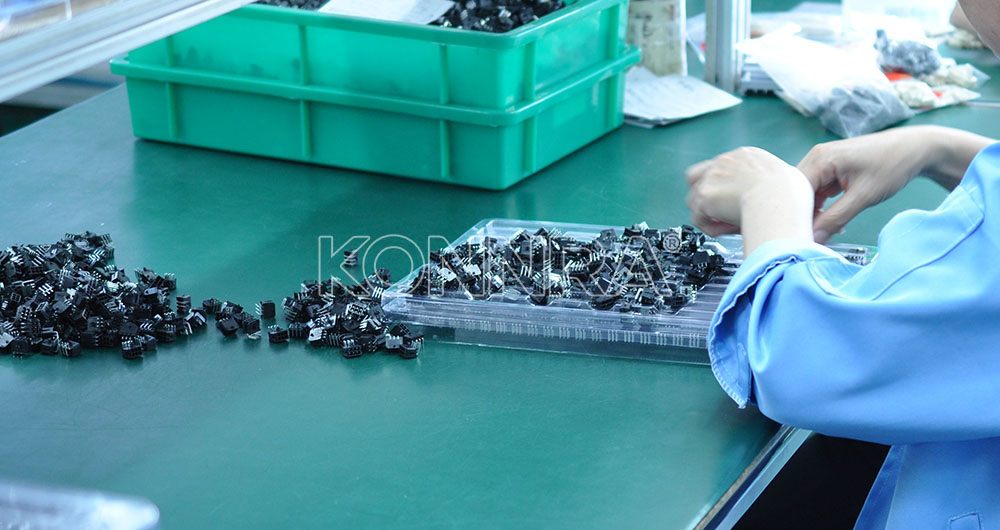The terminal can realize the safe, reliable and effective connection of power electronic equipment, electrical control, power supply and other fields, and play the role of signal and voltage transmission. At the same time, wiring terminals are used for wiring, which is cleaner and more conducive to later maintenance.
There are five common connection methods for terminals:
- 1. Puncture the connection
Also called insulation replacement connection, high reliability, low cost, easy to use, suitable for connecting ribbon cables.
When connecting, you do not need to strip the insulation layer of the cable, relying on the tip of the terminal “U” U-shaped contact spring to penetrate the insulation layer, so that the conductor of the cable slides into the groove of the contact spring and is clamped, thus forming a tight electrical connection.
- 2. Screw connection
The screw connection adopts the connection mode of screw terminal. Pay attention to the maximum and minimum cross sections of the allowable connection wires and the maximum tightening torque allowed for screws of different specifications.
- 3. Crimp
Crimping is a technique that causes a metal to contract and displace within a conventional range and connects a wire to a pair of contact wires. Good crimping can lead to metal interfusion flow, so that the wire and contact material symmetrical deformation.
This connection is similar to the cold-welded connection, which can obtain better mechanical strength and electrical continuity and can withstand harsher environments. However, crimp connections are permanent connections and can only be used once.
- 4. Welding
The most common welding is tin welding, and the most important connection in tin welding is the continuity of the metal between the solder and the welded surface. Therefore, for wiring terminals and cord end terminals, weldability is very important.
- 5. Wrap
Winding is to wind the wire directly on the winding post of the Angle contact plate. When winding, the wire is wound under the condition of controlled tension, pressed and fixed on the corner of the winding column of the contact sheet to form an airtight contact.










